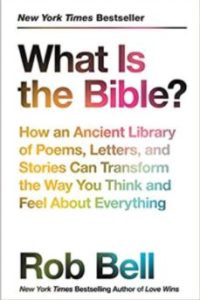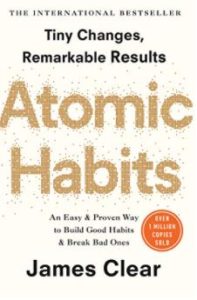 I received a complementary copy of this book from Hay House for review purposes. The opinions are completely my own based on my experience.
I received a complementary copy of this book from Hay House for review purposes. The opinions are completely my own based on my experience.
Tom Shadyac had it made by conventional standards. A successful Hollywood director whose films had grossed nearly two billion, Shadyac led a life of luxury and fame. “I flew privately everywhere and anywhere I pleased. I bought expensive houses, antiques, and old masters’ paintings at Sotheby’s auctions, and paid tens of thousands of dollars for authentic Persian rugs,” he recalls. Then a near fatal bike accident caused him to reevaluate his priorities and human nature in general. Shadyac shares his insights in his new book, Life’s Operating Manual, a worthy followup to his “I Am” documentary on a similar theme.
“Our culture keeps us so busy counting money and material possessions, focusing our attention on status symbols and skewed definitions of success, that our own happiness, anchored in family, community, creativity, simplicity, and service – is passing us by,” Shayac writes. In Life’s Operating Manual Shayac contends that people are basically good, that cooperation, not competition, is the natural state in the animal world, and that our current society is out of alignment with these fundamental truths. This stance will no doubt draw criticism. Shayac addresses the naysayers in a creative way through a series of “fear” and “truth” dialogs at the end of each chapter. For example, this exchange is included after a chapter on cooperation:
“FEAR: Ah, yes. Just what the world needs, another socialist who wishes to redistribute wealth.
TRUTH: I do not wish to redistribute wealth; I wish to redefine it. When people understand that true wealth is found not in the accumulation of things, but in the advancement of love, wealth will redistribute itself.”
I thought the fear/truth dialogs were effective in summarizing the main points of each chapter while answering any doubts a skeptical reader may have.
I also liked Shadyac’s message to all of us of charging what we need for our services, earning a fair return, without getting as much as we can. “Whether in the grocery or garment industry, in education or entertainment, we are all encouraged, even expected, to charge the highest price for a good or service the market will bear,” he writes. I was moved by Shadyac’s example of St Judes Children’s Research Hospital as an organization that doesn’t overcharge and exists to genuinely serve humanity. “No cancer-stricken child should be denied treatment, regardless of ability to pay,” is the hospital’s motto.
“Society’s so screwed up because we’re so screwed up,” the author writes. “But what if this story about our inherent defects is just that – a story? What if we are actually good in our nature, divinely designed so, hardwired to help and to love?” Is it realistic to expect society to change from a competitive “me first” attitude to the utopia Shadyac envisions? Perhaps not. If the change Shadyac hopes for is to become a reality, it will happen one person at a time. Reading Life’s Operating Manual caused me to reevaluate my priorities, and I think it will do the same for you.
You can get “Life’s Operating Manual” from these book sellers:



